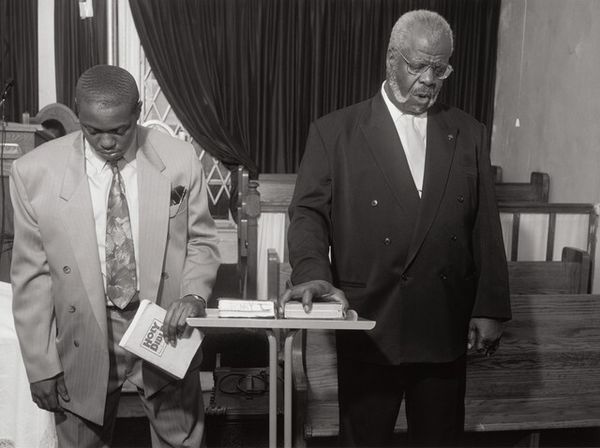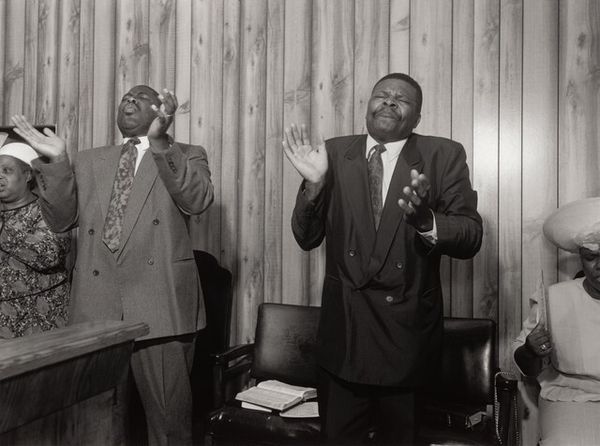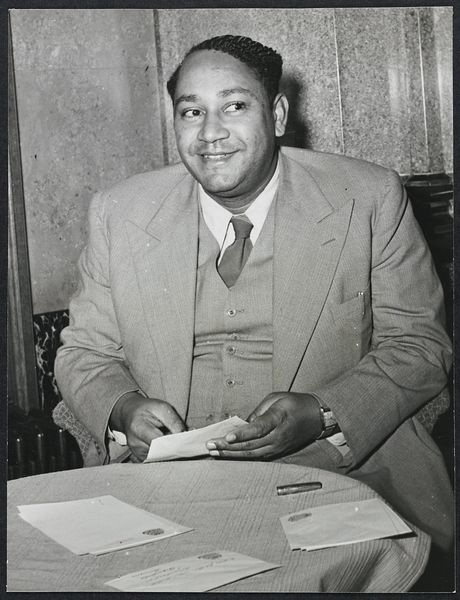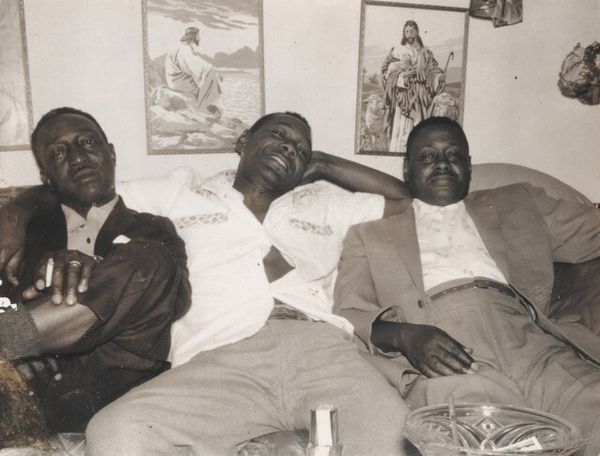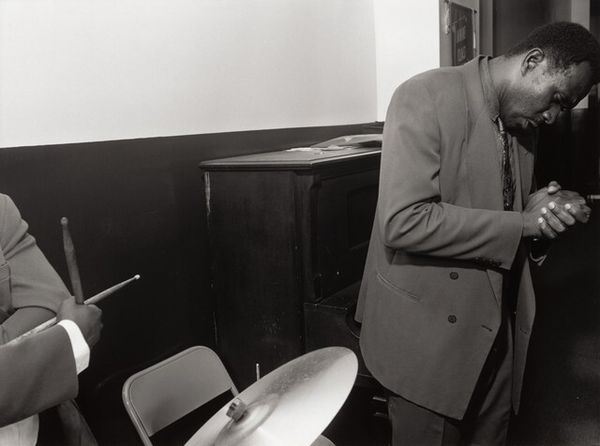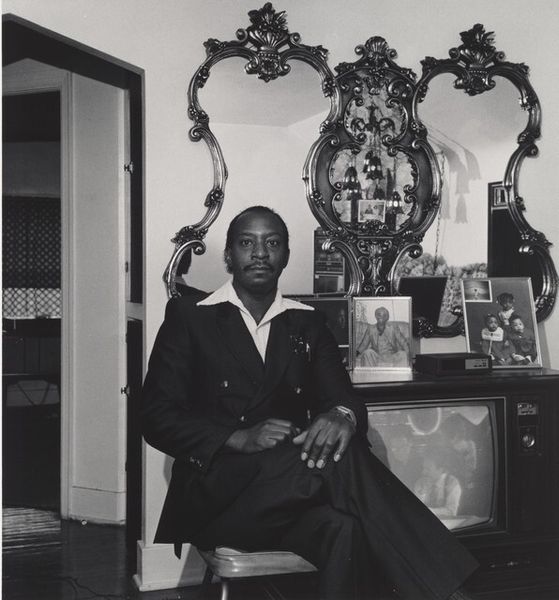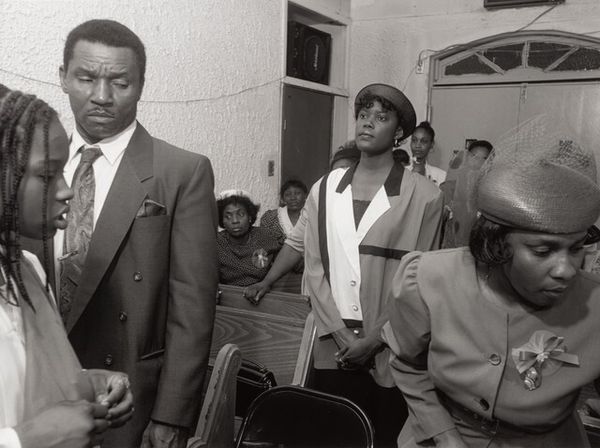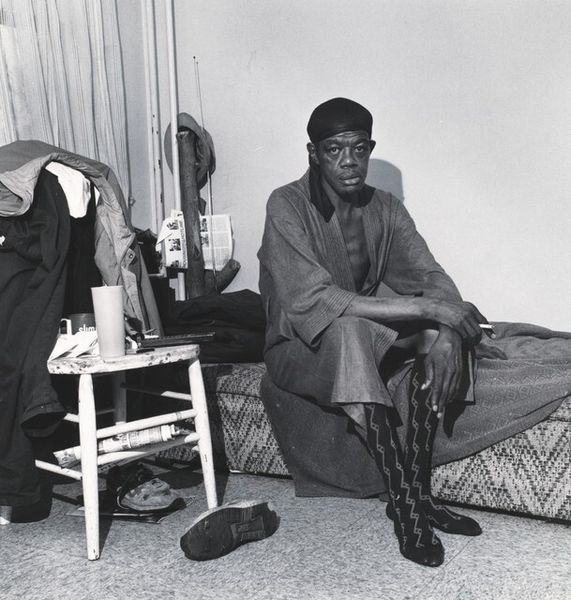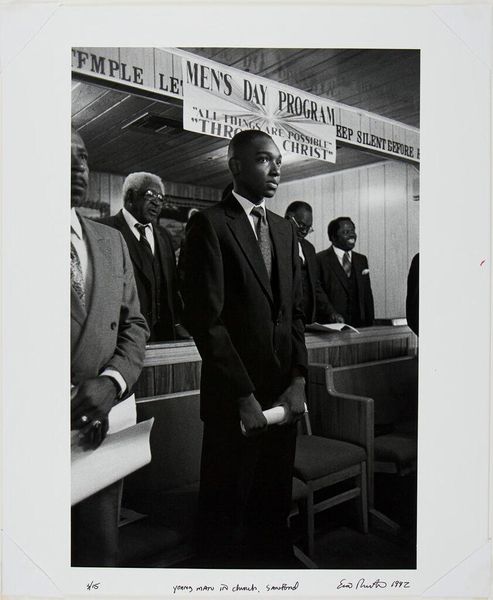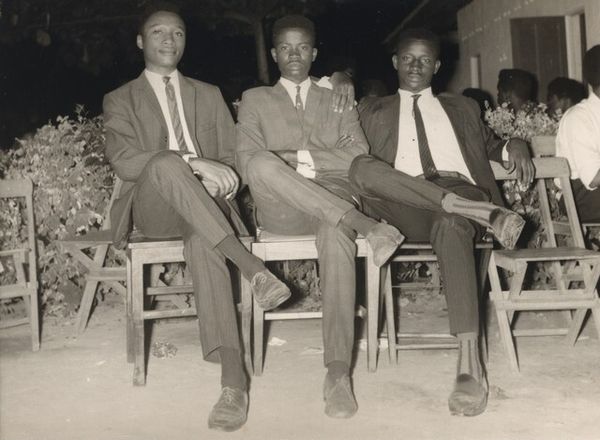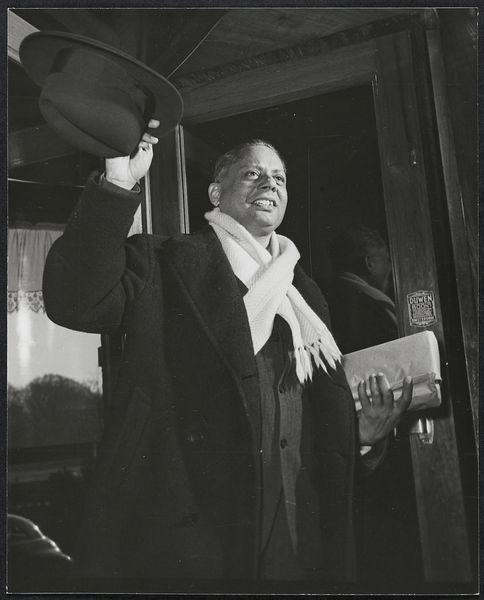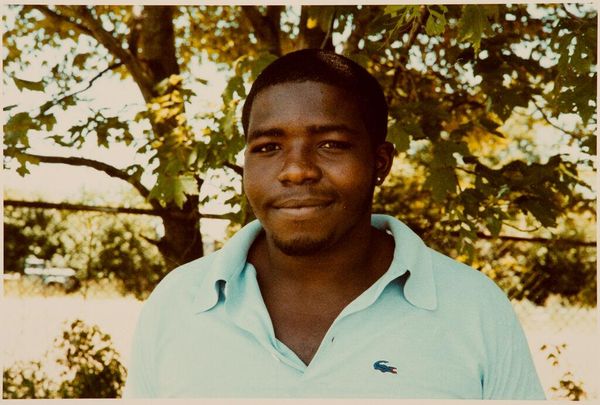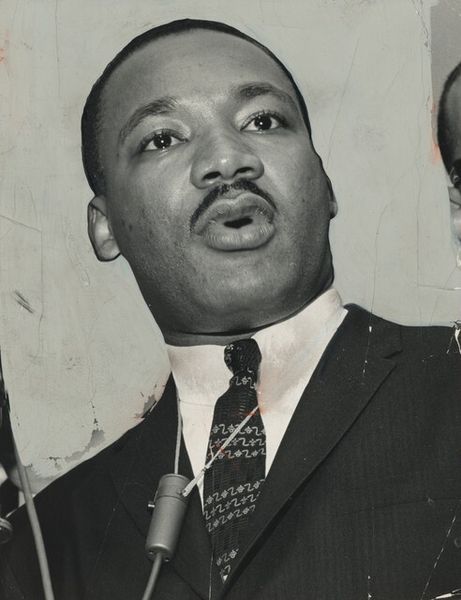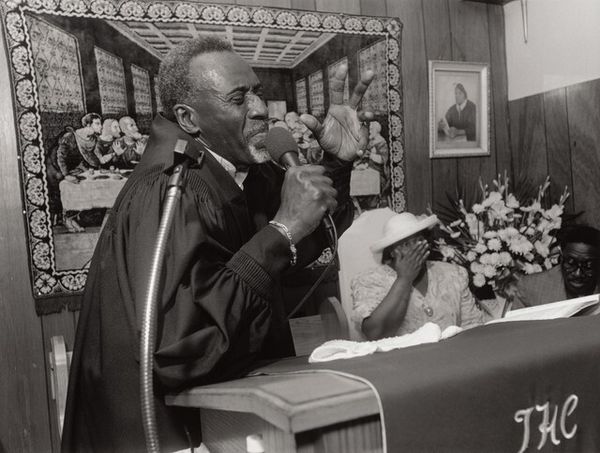
photography, gelatin-silver-print
#
portrait
#
black and white format
#
social-realism
#
photography
#
black and white theme
#
black and white
#
gelatin-silver-print
#
ashcan-school
#
modernism
Dimensions: image: 15 × 20.4 cm (5 7/8 × 8 1/16 in.) sheet: 20.3 × 25.2 cm (8 × 9 15/16 in.)
Copyright: National Gallery of Art: CC0 1.0
Editor: Here we have Milton Rogovin's gelatin silver print, "Store Front Churches, Buffalo," taken between 1958 and 1961. The photograph pulses with raw energy. The preacher's gesture and open mouth are magnetic. What draws your eye when you consider this work? Curator: As a materialist, I'm immediately struck by the tangible reality captured within the gelatin silver print. This choice of medium, a relatively accessible and reproducible process at the time, places the work within a specific socio-economic context. It speaks to the democratization of image-making. I'm interested in the accessibility of the print, its potential to reach wider audiences, as well as its function as a durable record. Editor: That makes sense. It does feel like it's capturing a specific moment in time and making it…permanent. So the process affects how we perceive the message? Curator: Precisely! Consider the material limitations and the artist’s resourcefulness. The black and white medium highlights stark realities and may influence a raw documentary-style feeling. Also, the "store front churches" context reveals so much. Think about those materials – modest spaces, adapted rather than purpose-built – what does this tell us about available resources for spiritual expression at the time, and about community? It's the means of production intersecting with the cultural landscape. Editor: Wow, so you're seeing it as Rogovin sort of "reporting" with his camera on how a community manifests through limited available resources. Curator: Exactly. The print, itself, becomes a document of both faith and economic circumstances. Furthermore, we might ask: Who had access to photographic materials, and whose stories were *not* being told? Whose voices were amplified by such images? It also challenges our understanding of “art” vs “craft”, doesn’t it? Is photography solely about artistic intent or a socio-political statement? Editor: I never considered the role of materials themselves in shaping how we interpret art like this. Curator: Thinking through process and context really opens up a whole other layer of understanding, doesn't it?
Comments
No comments
Be the first to comment and join the conversation on the ultimate creative platform.
